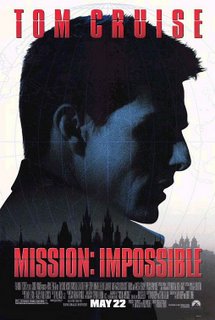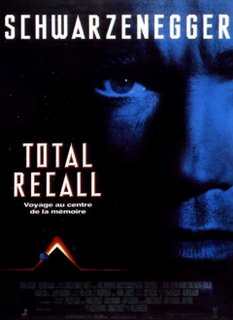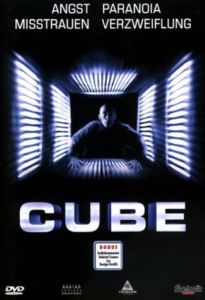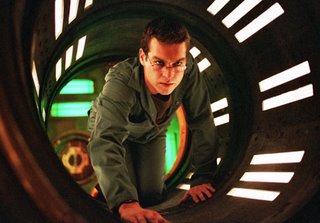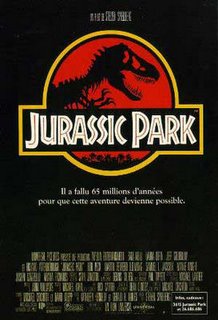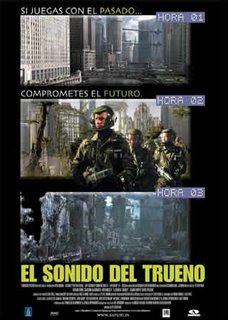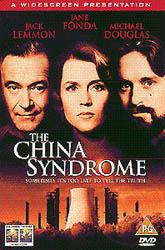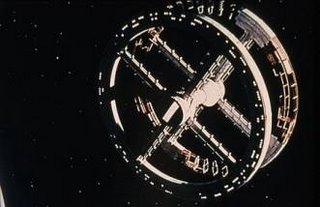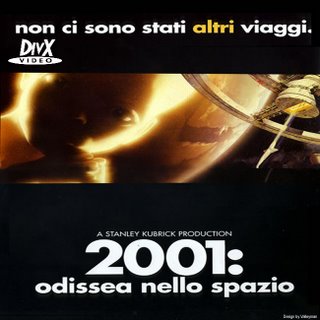Proof: Gwyneth Paltrow and Fermat's last theorem
 go the movie Proof, in which Gwyneth Paltrow plays a mathematics genius’ daughter, was released. The film is an adaptation of a very successful play, written by David Auburn, that caught the eye of both audiences and critics. It dealt with the demonstration of a famous theorem that had driven mathematicians crazy for a long time. The theorem’s name wasn’t actually mentioned but somewhere during the play the main character explained in a brief way its statement, which resembled very much that of the well known Fermat’s last theorem.
go the movie Proof, in which Gwyneth Paltrow plays a mathematics genius’ daughter, was released. The film is an adaptation of a very successful play, written by David Auburn, that caught the eye of both audiences and critics. It dealt with the demonstration of a famous theorem that had driven mathematicians crazy for a long time. The theorem’s name wasn’t actually mentioned but somewhere during the play the main character explained in a brief way its statement, which resembled very much that of the well known Fermat’s last theorem.Fermat was a French mathematician from the XVIIth century. He observed several cases of two numbers being perfect squares and its sum being another perfect square. However, he couldn’t find anything similar happening with cubes, fourth powers or any other exponent. For example, the addition of 9, which is the square of 3, and 16, which is the square of 4, is 25, which is the square of 5. Another case is 64 (square of 8) + 36 (square of 6) = 100 (square of 10). Nevertheless, no matter how hard we try, we won’t find any sum of perfect cubes the result of which is a perfect cube as well.
Maths is a perfect science instead of an empirical one, though. Seeing that a theorem works ma ny times isn’t enough: it must be proved that it has to be always true, with no exceptions. Fermat claimed to have found a very simple solution to this conjecture. It was never found and that left the mathematicians clueless for over three centuries, a time in which they were trying to find that easy solution. The theorem was finally proved a short time ago, in 1993, with a very complex proof over 200 sheets long. It makes us believe that the brief explanation Fermat stated to have reached had to be mistaken. Anyway, both the play Proof and the movie based on it avoid any kind of mathematical complexity and focus on the effort of a wise man (Anthony Hopkins) who gives all his time to science and the consequences it brings to his family. But … what if there is a great woman behind the great man, his daughter in this case? The title this movie has been given in
ny times isn’t enough: it must be proved that it has to be always true, with no exceptions. Fermat claimed to have found a very simple solution to this conjecture. It was never found and that left the mathematicians clueless for over three centuries, a time in which they were trying to find that easy solution. The theorem was finally proved a short time ago, in 1993, with a very complex proof over 200 sheets long. It makes us believe that the brief explanation Fermat stated to have reached had to be mistaken. Anyway, both the play Proof and the movie based on it avoid any kind of mathematical complexity and focus on the effort of a wise man (Anthony Hopkins) who gives all his time to science and the consequences it brings to his family. But … what if there is a great woman behind the great man, his daughter in this case? The title this movie has been given in
